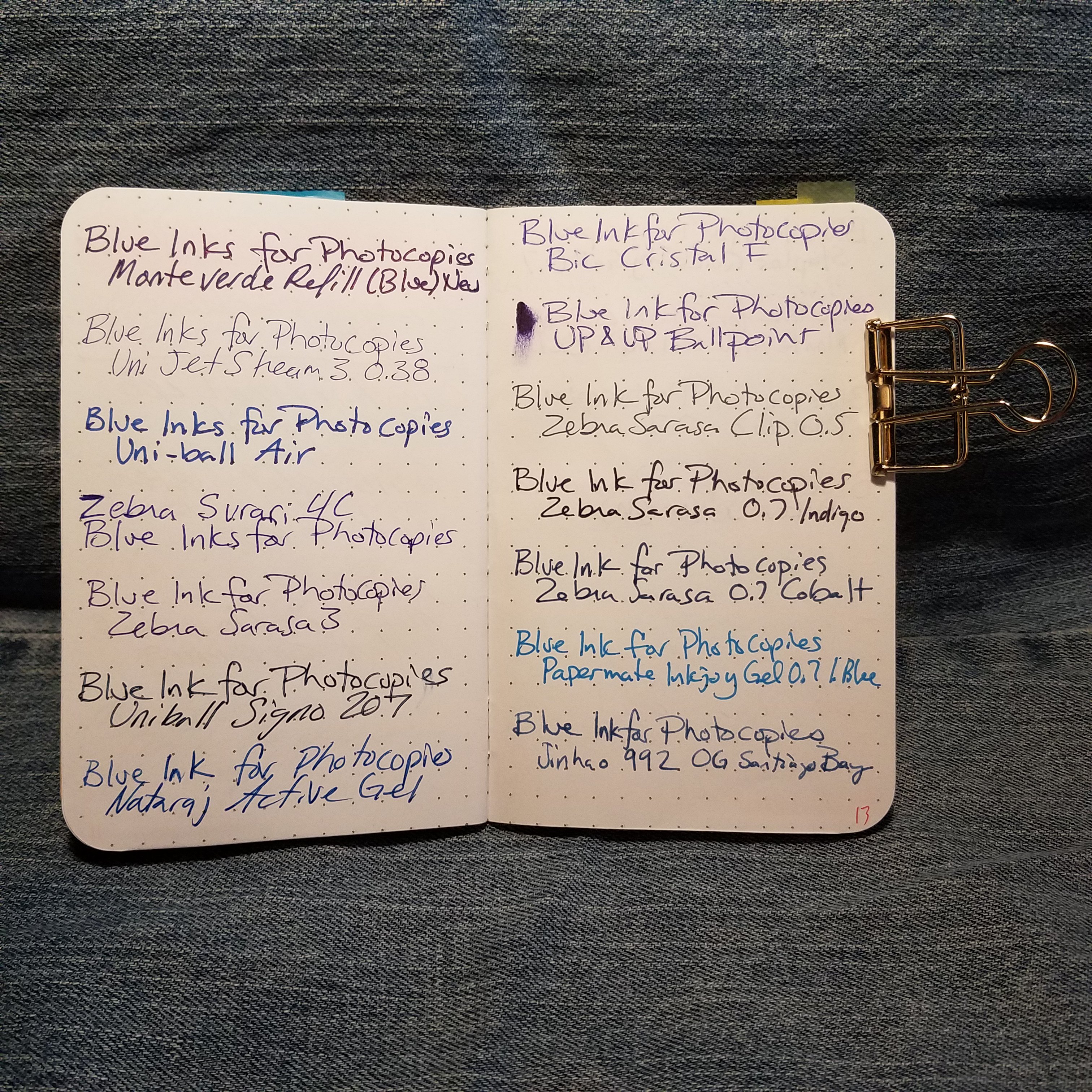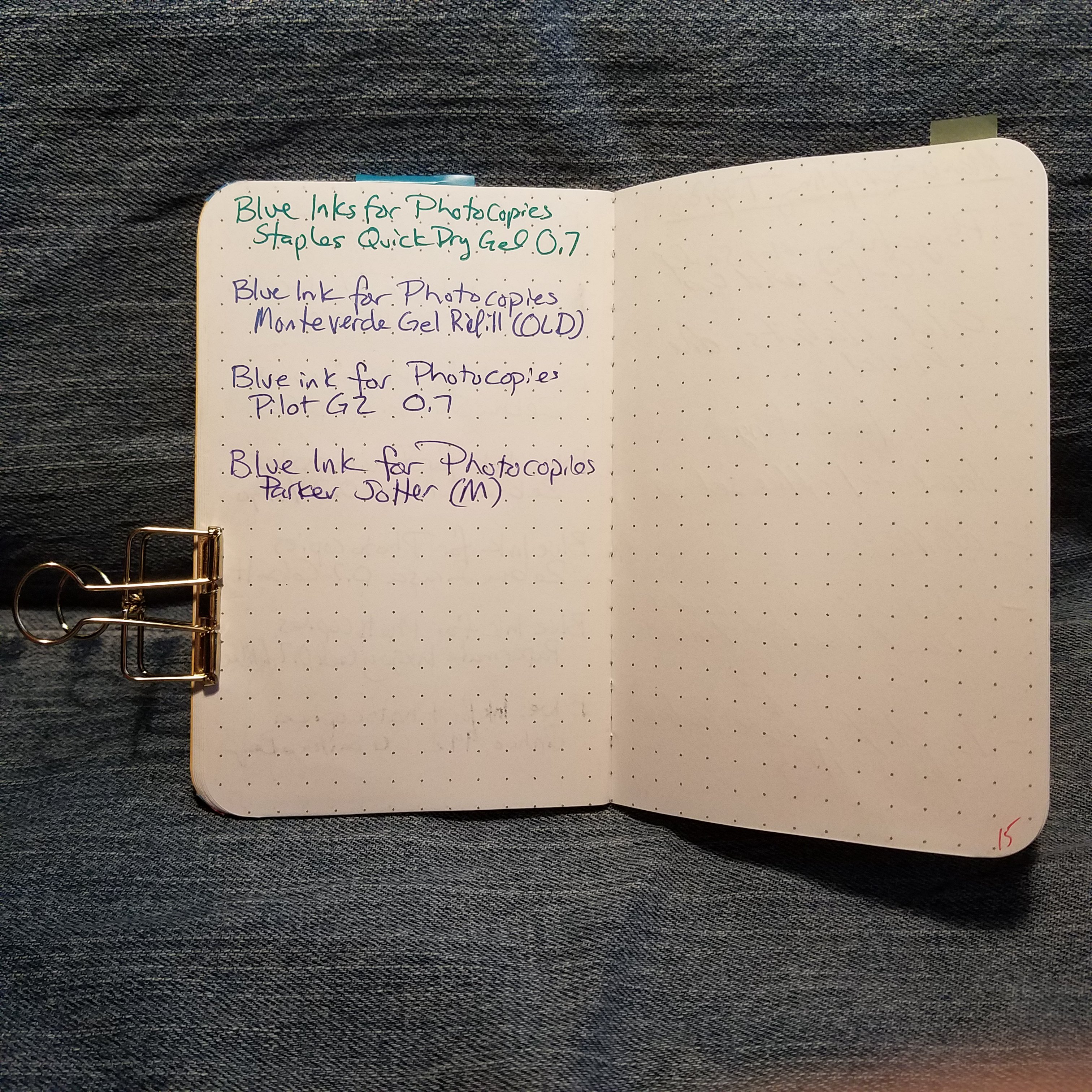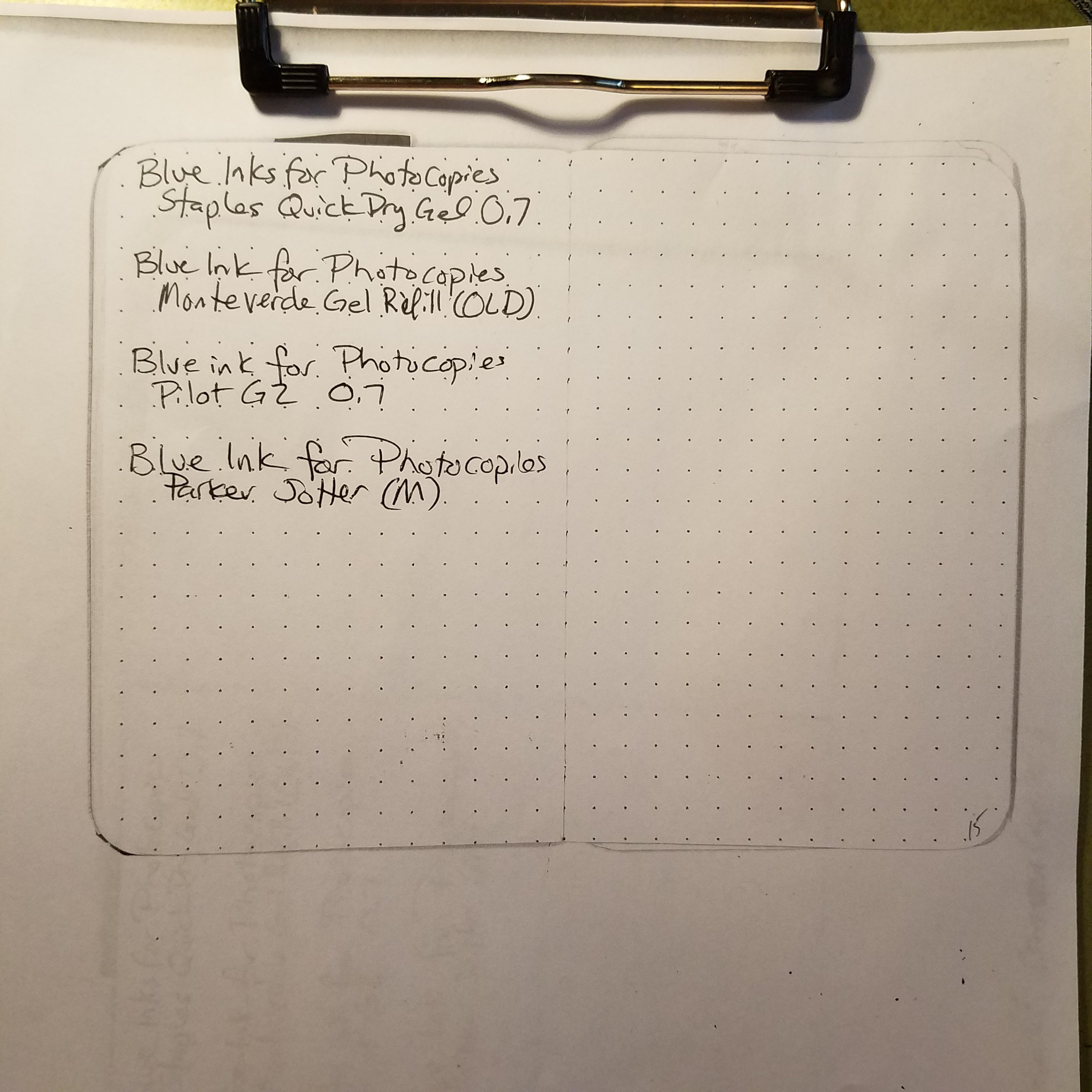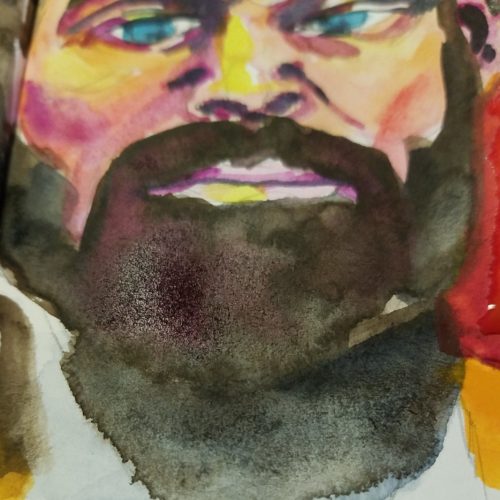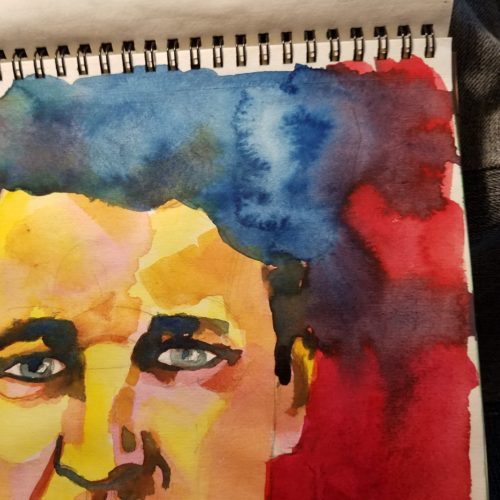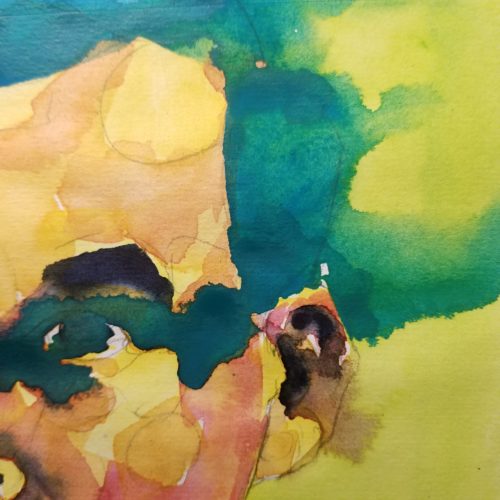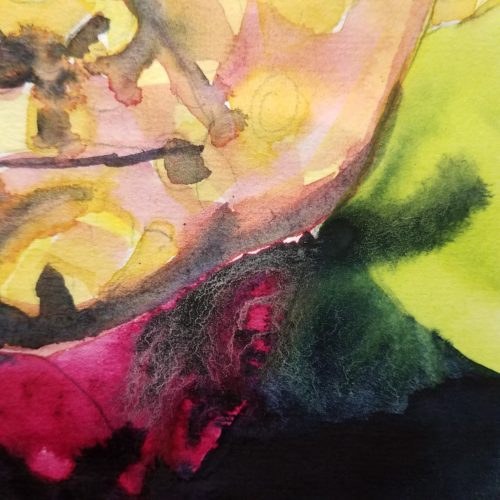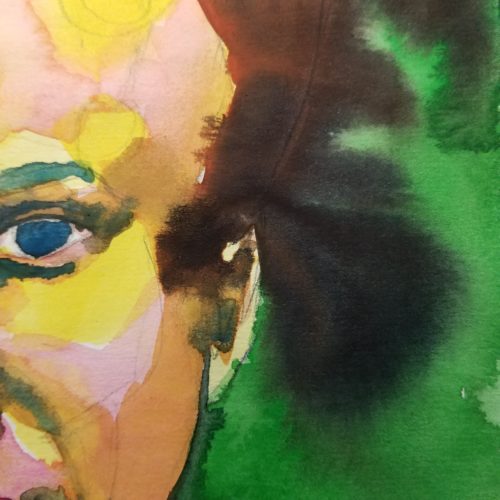Getting better sound doesn’t have to cost a lot, but it can be incredibly expensive. I did a posting the RSVP Stationery Podcast group awhile back about tests I did with a bunch of stuff that I had on hand- headphone, mics, lav mics, and my phone. The results were interesting.
The biggest and most important thing for getting better sound is reduction of background noise. That means turning off fans, heaters, the washing machine, and dishwasher. If that can’t be done then there are a number of ways to reduce noise.
My favorite is building a tent out of cushions or pillows. You can also build a tent out of a blanket draped over a chair set up on a desk as my podcast co-host Lenore does. When I traveled to Maine and stayed in an apartment I had no idea how to reduce some of the noises, so I built a tiny tent out of the available pillows. When I record in my work office after hours, I use an assortment of pillows from around the offices. I’ve also read of folx making a tent out of couch cushions. After you build your tent you stick your mic in there and talk into it. Make sure your mouth is about 6 to 12 inches from the mic, and start talking.
If that’s not working for you, think about going into a closet. You know I’d never tell anyone to go into a closet but sometimes it’s a great way to reduce background noise, once you shove all the clothing into the back it’s going to absorb a LOT of noise.
When I decided I wanted to start recording Manuscripting Pod from my phone I recorded snippets of audio all over the house, office, and in the car. I tested it with a variety of mics too. I wanted to see where I had the least background noise, without alterations, so that I could start recording with as little work as possible. I walked around, recorded 10 seconds of audio and a bit of silence, listened, tweaked things and repeated.
To start I tested out a lot of the headphone mics I had on hand. I found that I got good clear audio with my Monster replacement cables for my over ear headphones. I also got great audio from my HTC ear buds that came with an old phone. My Samsung ear buds also sounded decent. Though I should point out that I tested a pair that was virtually unused and a beater pair I used a lot. The pair that had been coiled up again and again in my bag and had been abused sounded awful. The Monster mic was very sensitive and depending on where my head was turned picked up my breathing. If you want to get into recording super cheap, a pair of new earbud or a new cable will be the cheapest way into recording.
I found that minimizing contact noise- the sound that occurs when you move your head around and the cables rub against clothing- helped to improve sound quality. I used tiny binder clips to secure the cable and mic to my shirt. This worked wonderfully.
The next step up in audio is a decent lav or lapel mic. They range in price from a dirt cheap $12 up to hundreds of dollars. A $30 mic can perform really well. Make sure you get a dead cat muff or foam muff for it. I prefer the fuzzy dead cat muffs myself and use one on all my mics. I find that a foam muff seems to muffle my voice a bit and can still pick up wind.
The next step up is a dedicated podcasting mic. I can only speak to the mics that I own or have used and they range in price. I started out with a Zoom H1. This is a great mic if you want to record all the sound in a room, it’s omni directional, uses regular batteries but can be powered via USB and will record out and about on it’s own. It’s great for music and general audio but getting it set up to record a podcast is a PITA, in that it gets all the background noise, which means you pay for ease and portability with a lot of processing when you are done. Linked is the H1n, the new version of the old H1. If you search youtube there are a number of videos on splitting audio by using a lapel mic and headphone splitter. I’ve used a splitter with my H1 and it works great as a tiny recording studio.
The next step from this is something like the Samson Meteor, which is what my other podcast co-host used. (He now uses something much more expensive) Or something in the same range is the Blue Snowball or the Amazon ball mic.
The next step up from that is the Blue Yeti Nano or the Amazon Basics Yeti knockoff. I use the Amazon Basics Yeti knockoff and it’s really great for my needs. I also use an AmazonBasics knock off of a Rode mic made for cellphone video. It sounds clean and works with my video camera as well as my cellphone.
So after you decide how and with what you are going to record, how do you edit? We use Audacity for RSVP. It’s free and works great. I use this instructional Google Doc for editing and lean toward minimal processing for the podcasts. On my phone I record and edit with the paid version of AudioLab. It lets me record, edit and splice in my intro audio for Manuscripting Pod. I wouldn’t use AudioLab for hour long podcasts, but it does well enough for stuff up to 20 minutes long.
No matter what you decide to record with, if you plan to travel with the mic, get a case. Mics are sensitive and expensive. If you toss it into your bag along with your pens, pencils, and drop it or toss it around it’s going to break. My H1 has a hard case I adapted from a tool. My AmazonBasics Yeti knock off doesn’t have a case because it doesn’t travel. My mini mic has a soft sided neoprene case that I added more foam to make it even more cushioned. The lav mics are in another soft sided case- one that was originally for a small camera. take care of the equipment and it’ll last a along time.
